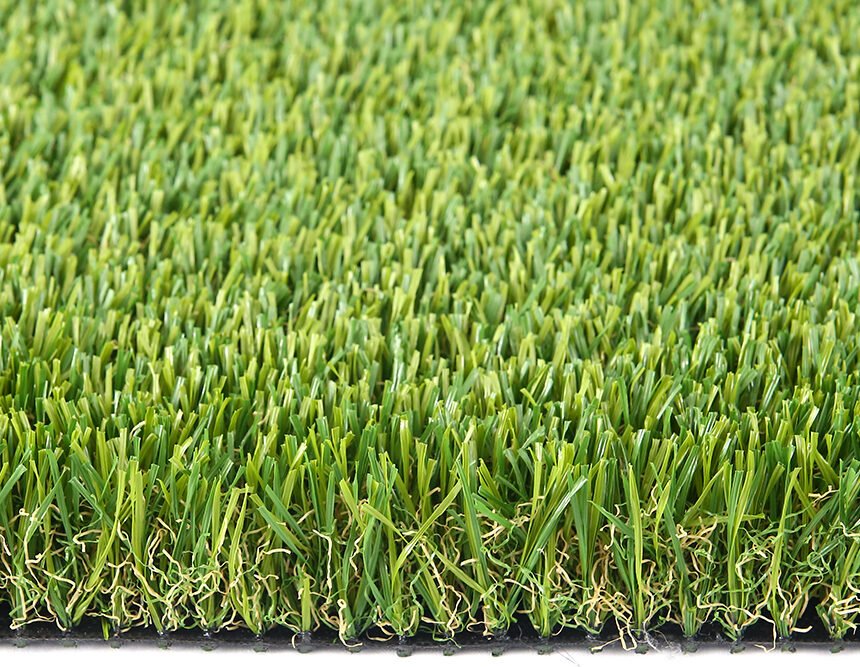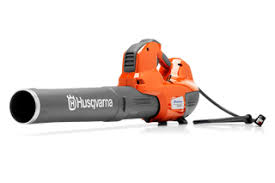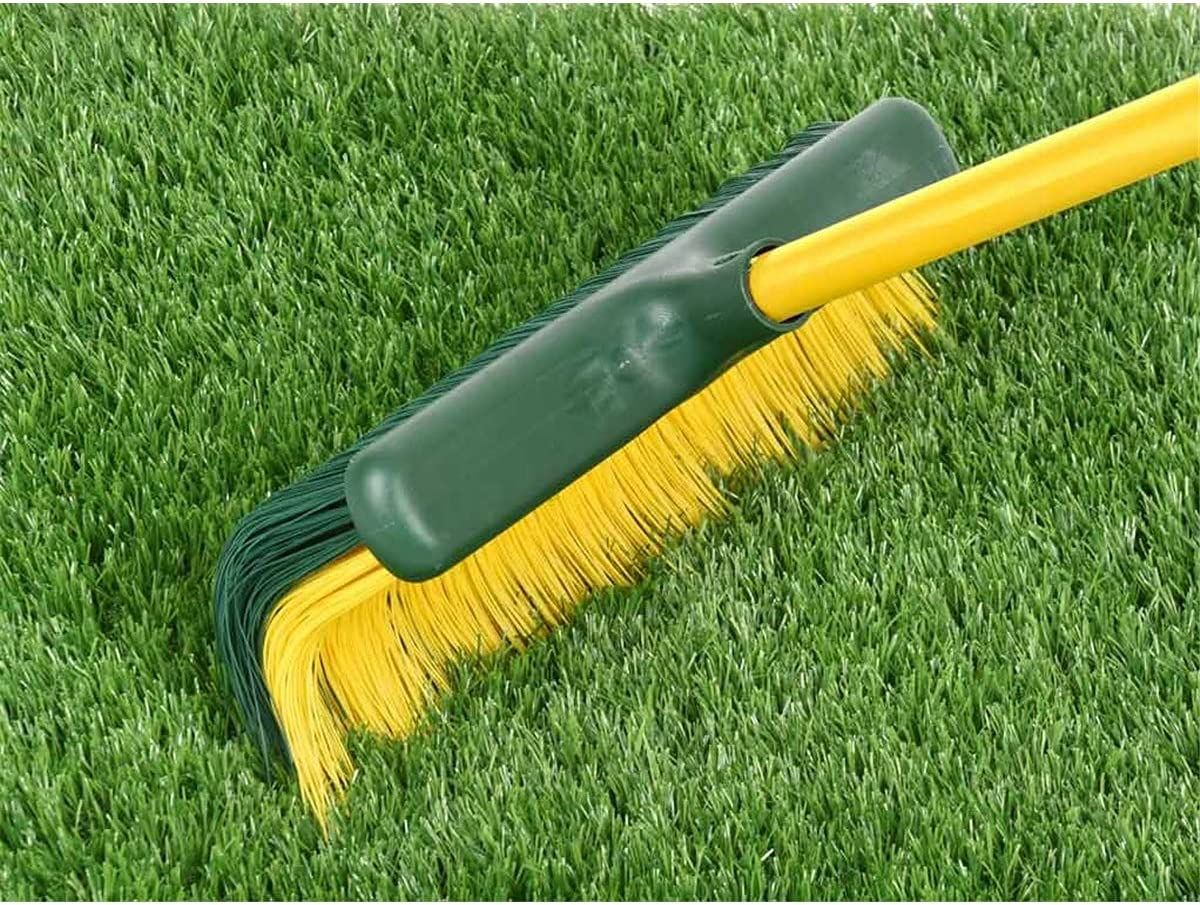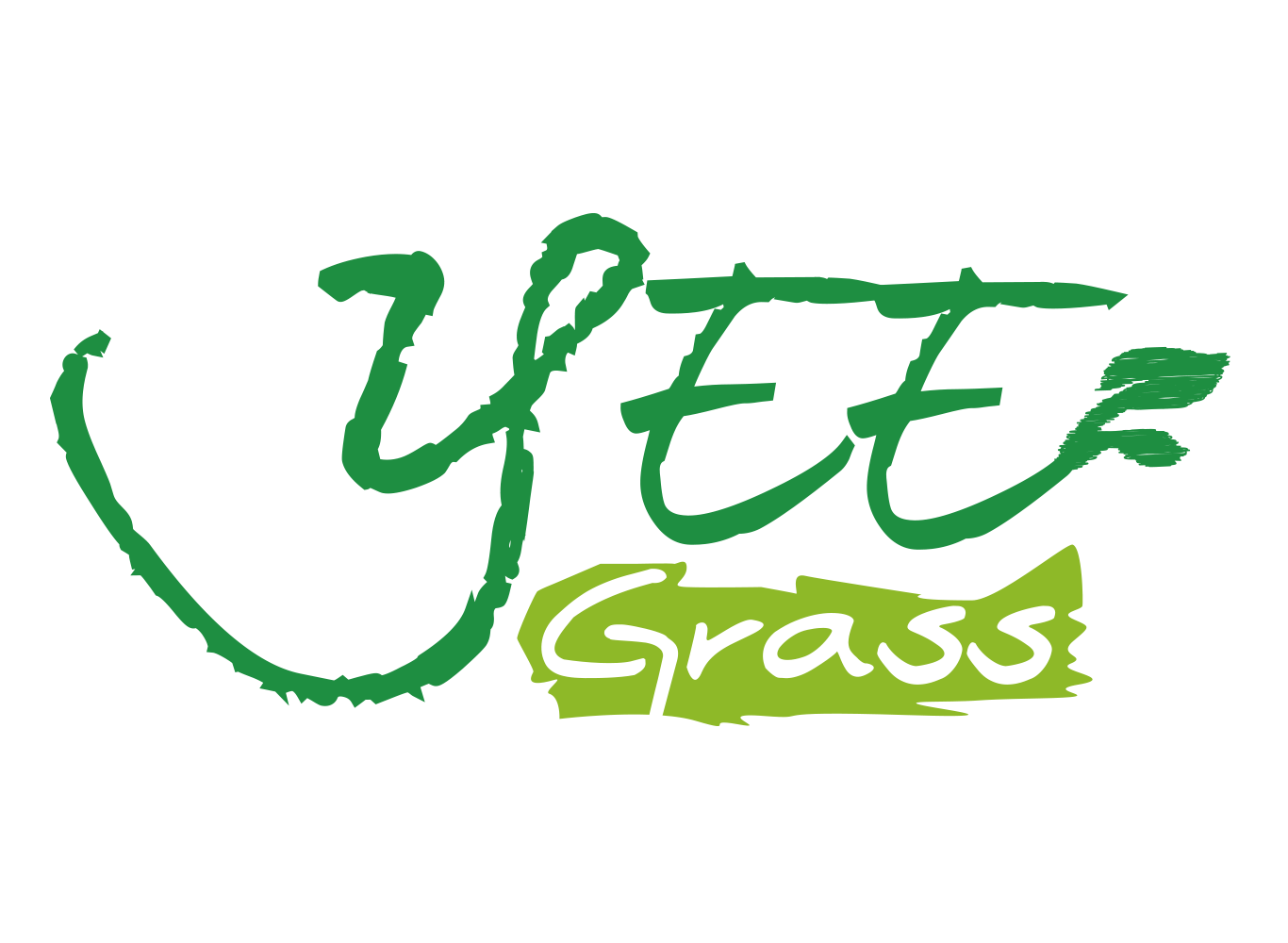
Keep your artificial lawn clean, mold-free, and vibrant this fall. Learn expert fall artificial grass care tips to remove leaves, improve drainage, brush turf fibers, and protect synthetic grass from seasonal damage.
1.Artificial Grass Maintenance for Fall: Why It Matters
Artificial grass offers low-maintenance beauty year-round—but fall artificial grass maintenance brings unique challenges. Leaves pile up, rainfall increases, and shady corners stay damp longer. If neglected, your synthetic lawn may suffer from drainage issues, mold growth, or flattened turf fibers.



In this seasonal guide, you’ll learn exactly how to clean artificial grass in autumn, improve drainage, and preserve your lawn’s appearance and performance.
2.Why Is Fall Turf Care So Important?
Even though synthetic turf doesn’t grow, it still needs attention in autumn due to:



- Leaf buildup – which traps moisture and creates organic rot
- Increased rainfall – that may result in poor drainage on artificial grass
- Temperature drops – leading to fiber flattening and morning dew stiffness
Pro Tip: Fall maintenance isn’t about how often you clean—it’s about strategic prevention. Regular upkeep avoids costly repairs down the line.
3.Fall Artificial Grass Maintenance Tips (Step-by-Step)
(1)Remove Leaves & Organic Debris Weekly
Fallen leaves don’t just look messy—they block synthetic turf drainage holes and promote mold or algae buildup.
Best tools to remove leaves from artificial grass:



- Leaf blower for fast coverage
- Soft-bristle garden broom for gentle removal
- Plastic rake for large areas (avoid metal rakes to prevent turf damage)
Weekly leaf removal helps prevent stains, pest infestation, and soggy patches on your artificial lawn.
(2)Inspect and Test Turf Drainage

After heavy rainfall, inspect for water pooling on synthetic grass. A functional drainage system for artificial turf is essential to prevent long-term damage.
Drainage inspection checklist:
- Does water drain within 30–60 seconds?
- Are edges or seams waterlogged?
- Is the sand base or infill shifting?
(3)Prevent Mold, Algae, and Moss on Artificial Turf

Cool, shaded areas of turf are ideal for mold growth if moisture lingers.
Turf mold prevention steps:
- Apply pet-safe mold remover for artificial grass
- Trim trees or foliage to increase sun exposure
- Clean shaded areas more frequently
Early warning signs: Green discoloration, slick surfaces, or musty odors—deal with them immediately to stop turf mold from spreading.
(4)Brush Turf to Prevent Flattening

Wind, rain, and frost can cause flattening of artificial grass fibers, especially in high-use zones.
How to restore synthetic turf in fall:
- Use a stiff-bristle broom or power brush for artificial grass
- Brush against the grain to lift and separate fibers
- Pay extra attention to walkways, play zones, and furniture footprints
Brushing not only improves the look—it also restores cushion and comfort underfoot.
(5)Check Edges, Seams, and Infill Levels

Cooler temperatures can make turf contract or shift.
What to check during fall synthetic turf maintenance:
- Any seam separation or curling turf edges
- Reduced infill levels (add silica sand or rubber as needed)
- Exposed base or backing
Fix it fast: Use turf glue or edging pins before cold weather worsens the issue.
4.Best Tools for Fall Artificial Grass Maintenance
| Tool | Purpose |
| Leaf blower | Clear debris from artificial turf quickly |
| Garden broom | Gentle everyday sweeping |
| Power brush | Reshape and lift flattened fibers |
| Hose/sprayer | Test drainage and rinse fine dust |
| Anti-mold spray | Treat shady areas prone to algae/mildew |
5.Autumn Turf Maintenance FAQ
Q: How often should I clean artificial grass in fall?
A: At least once per week, especially after heavy wind or leaf fall.
Q: What happens if leaves stay on my artificial lawn?
A: They block drainage, trap moisture, and promote mold or moss on synthetic grass.
Q: Can artificial grass get moldy in autumn?
A: Yes—especially in shaded, poorly ventilated areas. Prevent turf mold with airflow, brushing, and anti-fungal treatments.








